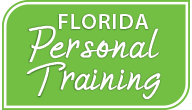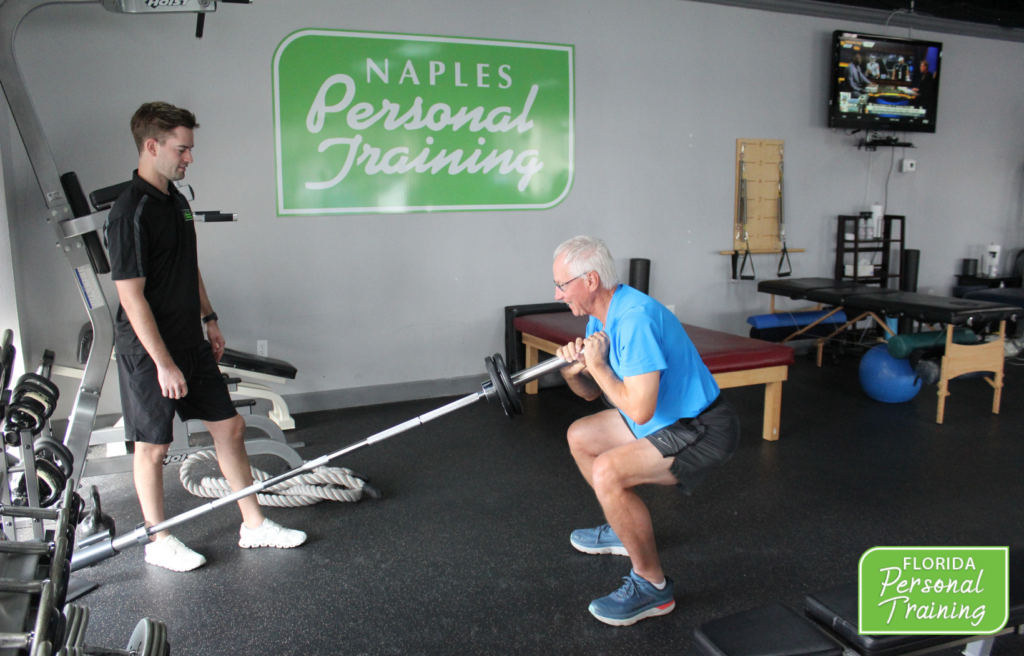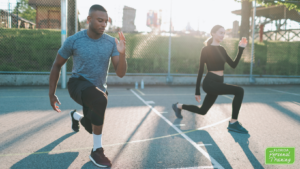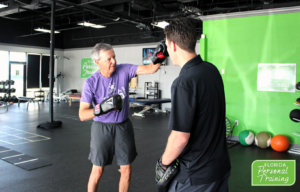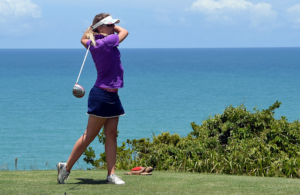Strength training for older adults is essential to a healthy lifestyle: It helps you stay fit, maintain independence, and reduce symptoms related to chronic diseases such as diabetes, heart disease, arthritis, osteoporosis, and obesity.
The Centers for Disease Control and Prevention recommends 150 minutes of moderate endurance activity per week. This can include cardio, as well as weights or bodyweight exercises to condition your muscles and improve flexibility or balance.
Here’s why strength training for older adults matters so much and our tips to get started.
Strength train at least twice a week.
After age 50, you lose 1-2 percent of muscle strength per year. After 60, you lose 3 percent a year, which comes out to about 4.5 pounds of muscle strength per year. Strength training helps you regain the muscle you lost and helps your cells remain younger since exercise slows cell aging. Exercise doesn’t just make you feel younger. It may actually turn off the aging process in your chromosomes.
Strength training can ward off age-related muscle loss, improve mobility, decrease bone loss, and even help combat depression and cognitive decline.
Our team recommends that older adults incorporate strength training into their exercise routine at least twice a week, and a 2011 study indicates that a frequency of up to three to four times a week is safe, too. Florida Personal Training can help you with your strength training workouts.
Be kind to your joints.
The positive and regenerative properties of strength training cannot be overstated. The key for adults 50-plus is to be smart about strength training and be kind to your joints. This can work wonders if you’re having joint issues. Be sure to prioritize full range of motion movement, which teaches your muscles to control your body while moving.
All of those fancy, upholstered circuit machines where a person sits down, stays in place, and performs pushing and pulling actions aren’t what we need most. What we need is to get out of the seated environment and move more. Step, squat, lunge, walk, jog, hop, and skip. Do full-body movements that aren’t painful and are fun to perform.
Start with bodyweight exercises.
If lifting weights seems too intense right off the bat, then begin with bodyweight to learn proper form and reduce the risk of injury. Lifting weights is only one way to increase strength, but for many, it may not be the appropriate way to start. Before someone begins lifting extra weight, they should be able to handle their own bodyweight. Too often people go too fast and sacrifice form and biomechanics just to lift heavy weights.
The Florida Personal Training team has their clients start with learning the basic movements:
- Squat
- Split Squat
- Hip Hinge
- Push Up
- Bodyweight Row
- Bird Dogs
(two to three sets of 10 to 15 reps three times a week)
These exercises can help improve everyday life.
From there, we recommend adding weight using dumbbells or resistance bands.
These are our basic exercises because they target the body’s largest muscle groups through functional movements, which translate to improved performance at everyday tasks, such as climbing stairs, carrying groceries, and playing with your grandkids. As a fitness specialist who works primarily with the active aging population I prioritize and progress these basic exercises to the ability of the client. These exercises keep your legs and trunk strong and will assist you when you get up out of a chair or the couch.
As people age, they lose strength in their legs and butt and have difficulty getting around. As soon as you lose strength, daily living becomes harder. So, we work on squats, hip hinges, and split squats—a lot.
We also work on push-ups from many different angles (these can help when first starting out). A push-up move is vital, especially if you fall. If you can’t push yourself up, then you may stay there a very long time. With strength in your arms and upper body, at the very least you can roll over and holler for help.
Florid Personal Training strength training, cardio and bodyweight workouts can give you the transformation and you’re looking for.
Add balance and flexibility exercises to avoid injury.
In addition to strength, we advise our clients to include balance, flexibility, and mobility, or range-of-motion, exercises. Adopt an exercise approach that tackles a little bit of everything.
Focus on full-body, multidirectional movements rather than isolating a certain muscle group. If you work to improve mobility and flexibility, you’ll experience better strength gains over time.
Balance also decreases over time, which leads to an increase in falls and potentially dangerous injuries.
That’s why we target range-of-motion exercises that include balance moves for the older adults.
My favorite is the single-leg balance reach. It exercises the joints and addresses potential muscle imbalances.
• Bring one knee up, raising your foot off the ground to the height of your adjacent leg’s ankle
• Slightly bend the knee of your supporting leg
• Slowly extend the raised leg, reaching outward with your foot
• Bring your raised leg back into the original poses
• Repeat for several reps, and then switch legs
Florida Personal Training team has specialist who specialize in balance, fall prevention, and flexibility workouts.
Plan for extra warmup and recovery time.
Now’s the time to take warmups and cooldowns seriously. This is because you simply heal and recover slower than decades ago. Remember to give yourself extra rest days in general and more breaks in between strength training sets or workouts.
The main difference between working out in your twenties versus your sixties is recovery and flexibility.
It can take some easing into if you are new to lifting or haven’t lifted since you were younger. If you’ve never done resistance training before, keep day one short and sweet. Aim for ten to 15 minutes. If you’re sore afterward, get up and move with an active recovery activity, go for a walk, swim, yoga or stretching. Give your body time to adapt and recover from each workout to get the most benefits.
Set a goal that matters to you now, versus the “you” from 20 years ago.
It may be tempting to try to achieve big goals, such as lifting a certain amount of weight. But it’s more useful to figure out why you want to stay active and strong in the first place.
Consider your needs and goals at this stage of life, what is the purpose of training? The strength and conditioning program should be created to match the desired goal.
The prospect of chronic illness also plays a big role. You’re more prone to illness or health challenges the older you get. This can threaten your ability to work out how you would like.
Meditative exercises such as yoga and tai chi are perfect complements later in life because they promote a healthy, relaxed mind.
Most of all, strength for seniors is about functional movement: being able to experience your everyday life with a sense of vigor.
